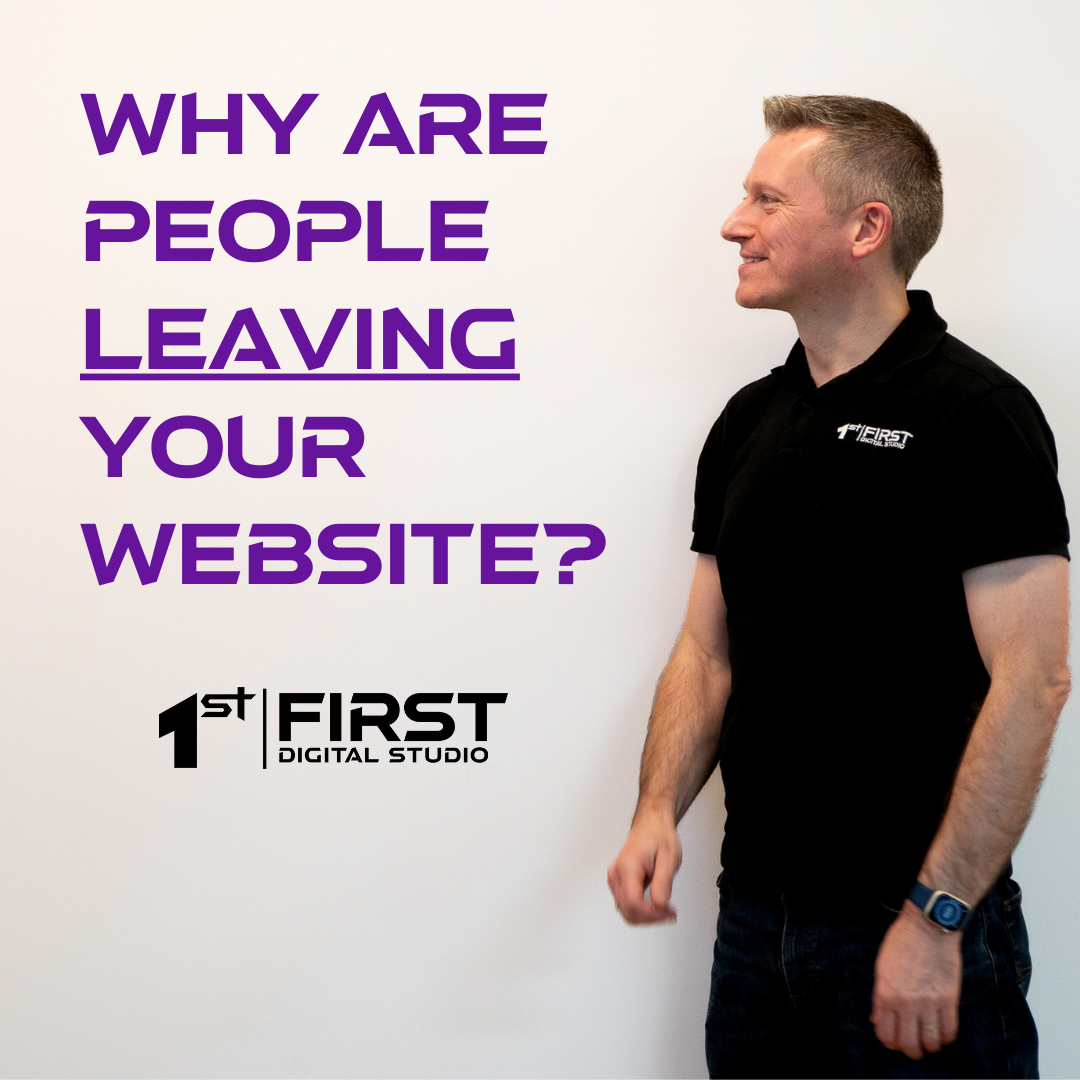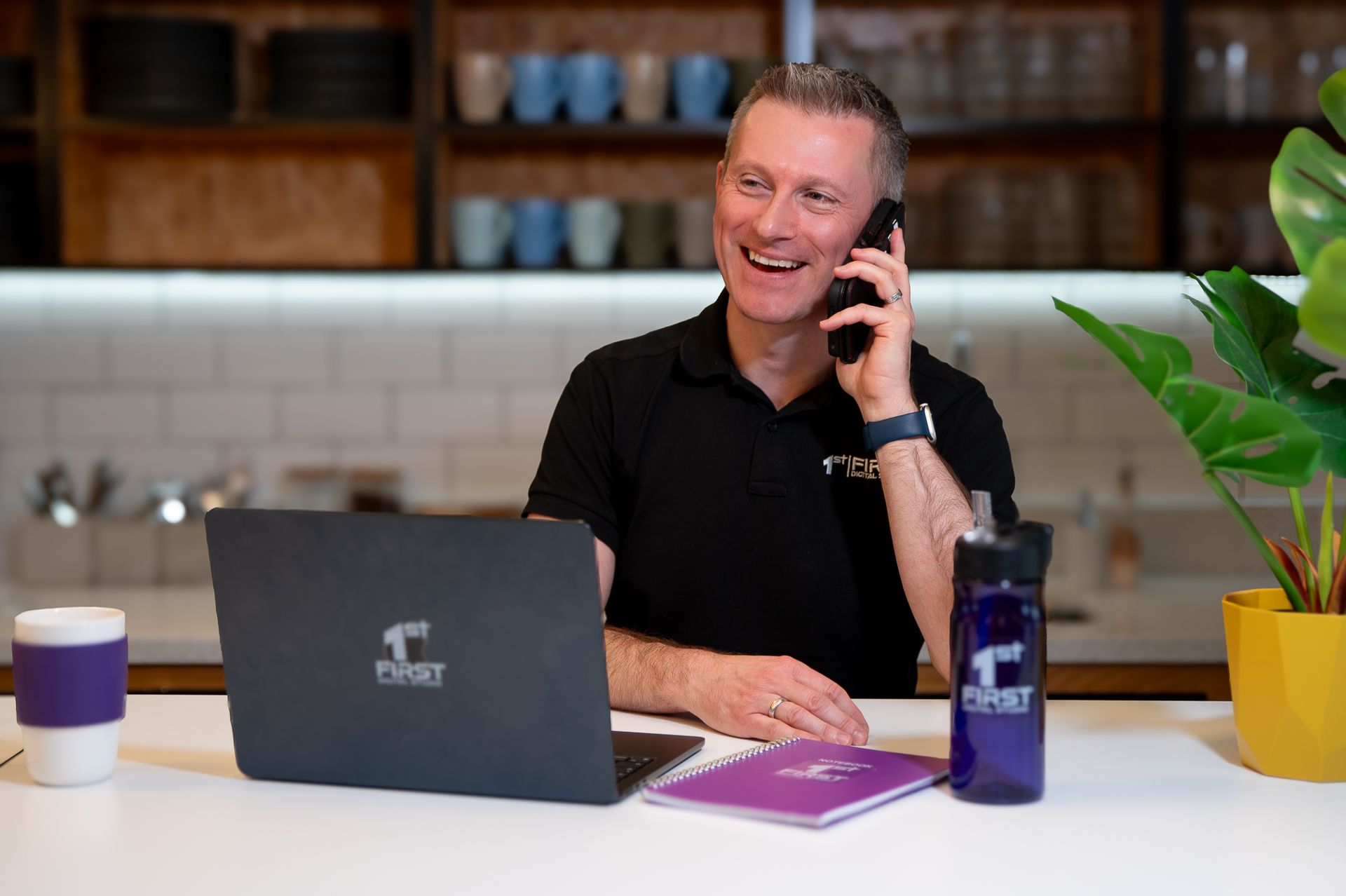5 Budget-Savvy Marketing Tips for Small Business Owners to Boost ROI
Unlocking Smart Marketing: How Small Business Owners Can Stretch Their Budget While Targeting Ready-to-Buy Customers.

Running a small business is no small feat, especially on a tight budget. Marketing can seem like a maze, but let's simplify it. We'll look at two main ways to get your message out there. One jumps in front of people when they're busy doing other things, and the other shows up when someone is already interested in what you offer.
The "Hey, Look at Me!" Approach
The "Hey, Look at Me!" approach is the marketing that interrupts your day. Imagine you're reading an article about home gardening, and suddenly, an ad for a new smartphone pops up on your screen.
Let’s take a look at some examples:
Websites: You're engrossed in a blog about DIY home repairs, and out of nowhere, a pop-up ad for a local restaurant appears. It's distracting and probably not what you're interested in at that moment.
Social Media: You're scrolling through the social media channel formerly known as Twitter, catching up on the news, and a sponsored post for a new brand of shoes shows up. It's not related to the news or anything you were looking at.
Blogging: You're following a step-by-step recipe for chocolate cake, and smack in the middle, there's an ad for a car rental service. It's out of place and interrupts your flow.
Why Small Businesses Might Like It
- You can get your name in front of a lot of people quickly.
- It helps with brand awareness, even if people don't engage immediately.
The “You Were Looking for This, Right?” Approach
The “You Were Looking for This, Right?” approach is the marketing that appears when you're already interested in something. If you search for "best local bakery," and a nearby bakery's website pops up, that's this strategy at work. Here are some examples:
SEO (Search Engine Optimisation): Someone types "affordable lawn care services," and your landscaping business shows up on the first page of Google. This is SEO at work, ensuring your business appears when people actively look for your services.
PPC (Pay-Per-Click): You use Google Ads to show ads to people searching for "organic dog food." When they click, they land on your pet store's website, where you sell just that.
Social Media: Algorithms on platforms like Facebook analyse what users have liked or interacted with. If someone has been checking out lots of fitness gear, they might see a post from your sports equipment shop.
Why Small Businesses Might Like It
- There are higher chances of clicks and sales because you're targeting interested folks.
- Often more budget-friendly because you're not wasting money on people who aren't interested.
Where Should You Put Your Money?
Limited Budget, Maximum Impact
When you're working with a limited budget, every penny counts. That's why the "You Were Looking for This, Right?" approach, especially SEO, often gives you more bang for your buck.
Why SEO?
SEO, also known as Search Engine Optimisation, focuses on boosting your website's visibility in search engine results when people look for products or services like yours.
It's cost-effective because once you're set up, you don't have to pay for each visitor who visits your site through organic search.
5 Recommendations for Prioritising Your Marketing Budget
1. Optimise Your Website for Local Searches
If you're a small business, chances are your customers are local. Use local keywords in your website's meta descriptions, titles, and content to appear in local search results.
2. Create High-Quality Content
Write blog articles or create short videos that answer common questions your potential customers might have. This establishes you as an authority and attracts people who are already interested in what you offer.
3. Leverage Social Media Insights
Use the analytics tools on platforms like Facebook and Instagram to understand what your audience is interested in. Create targeted posts or ads based on these insights.
4. Use PPC Wisely
If you're going to invest in Pay-Per-Click advertising, make sure you're targeting keywords that indicate buying intent, like "buy," "discount," or "deal." This way, you're more likely to attract people who are ready to make a purchase.
5. Retarget Interested Customers
Use retargeting ads to re-connect and re-engage with people who have visited your website but didn't make a purchase. They've already shown interest, so a gentle nudge might be all they need to convert.
Focusing on methods targeting buyer intentions is often the smartest move for small businesses, especially those with a limited marketing budget. SEO is a cost-effective way to reach people who are already looking for what you offer. By prioritising your marketing spend this way, you're more likely to see a return on your investment.
You've just learned how focusing on buyer intent can seriously boost your ROI, especially when you're on a budget. Why not take the next step to make sure you're nailing it across the board?
Schedule a Free Digital Audit with us, and we'll scrutinise every aspect of your online presence. From the cost-effective magic of SEO to the power of targeted social media, we've got your back.
Don't let your hard-earned marketing budget go to waste. Click the button below and let's make your small business the one customers can't help but notice.
👇 Book Your Free Digital Audit Now! 👇







